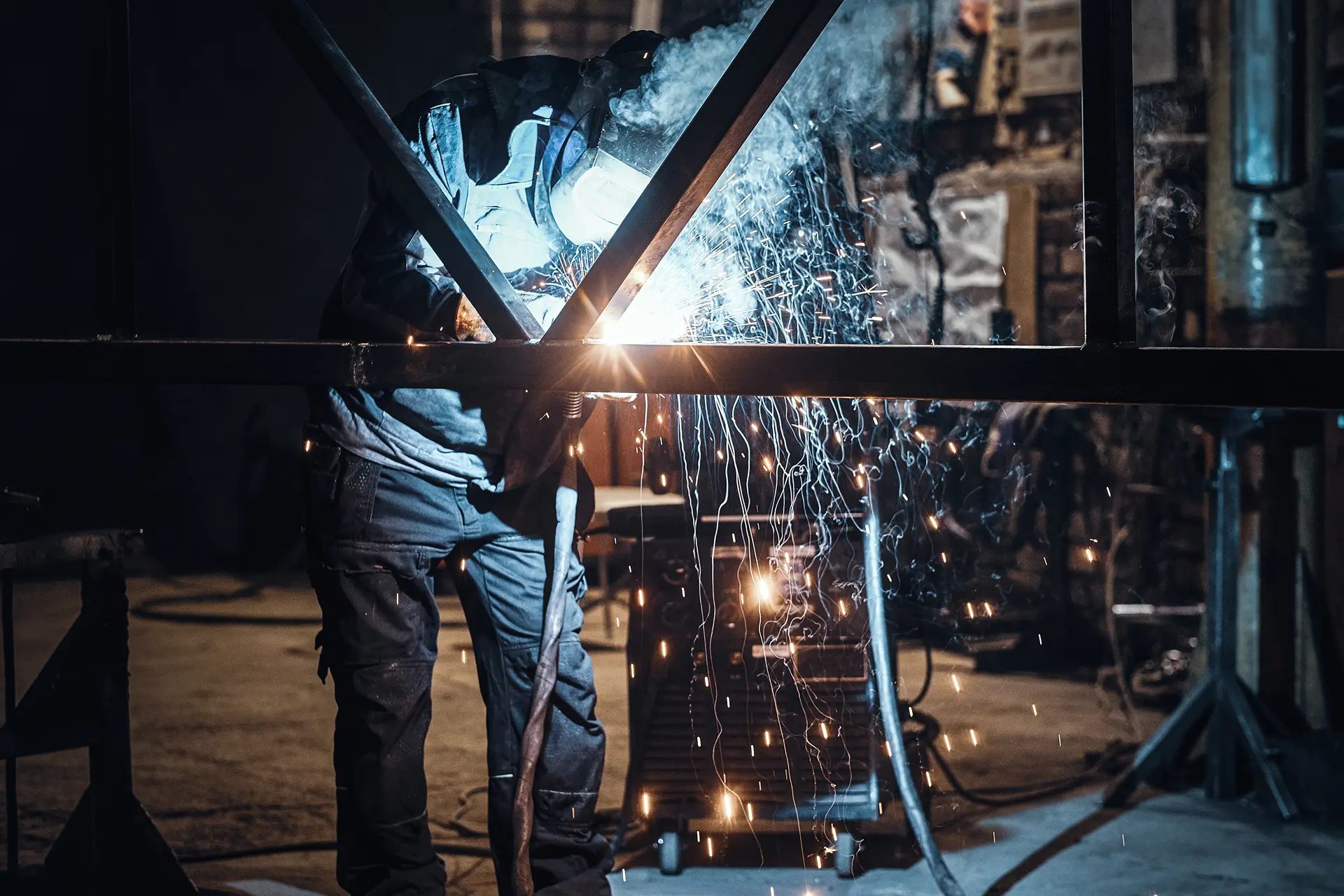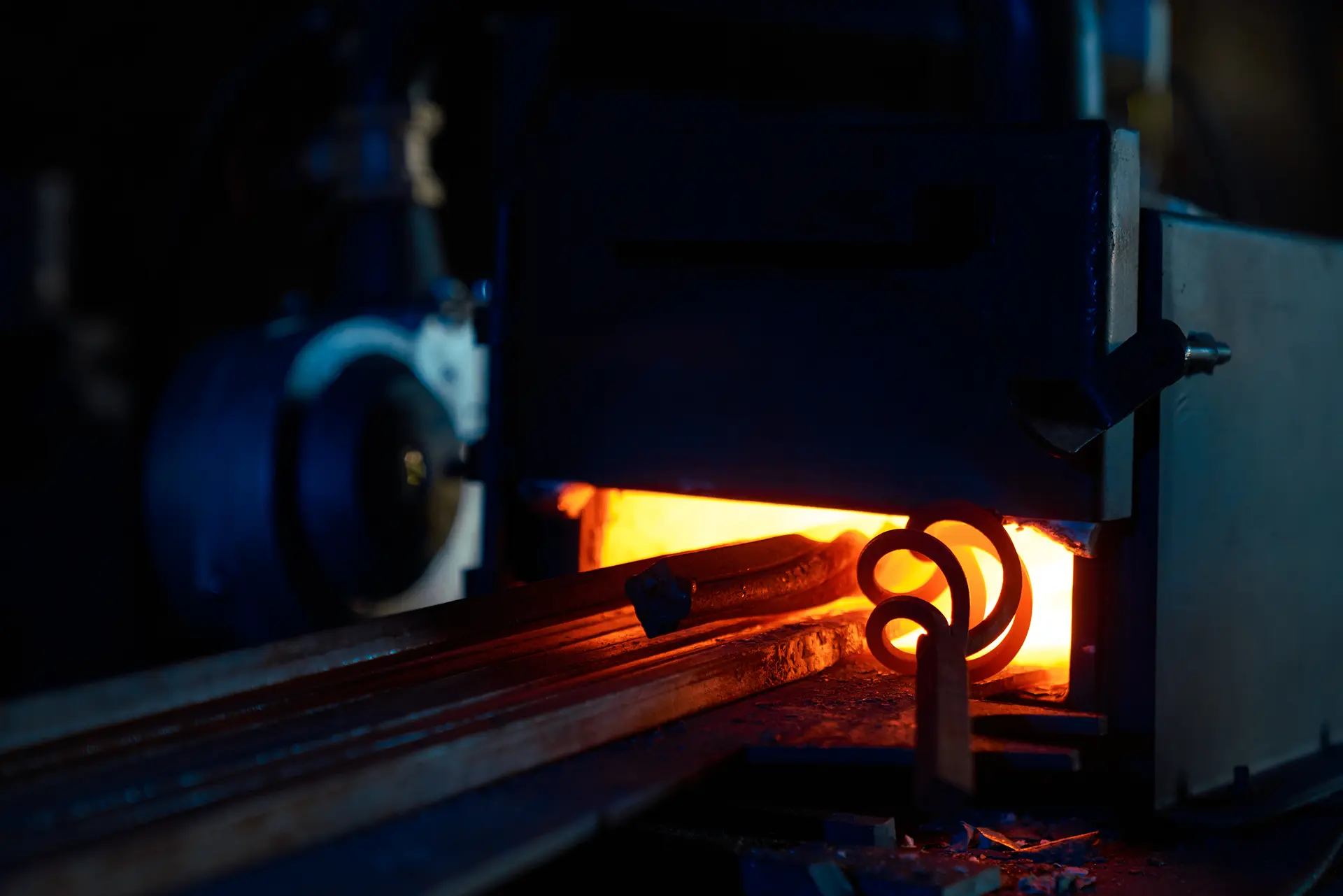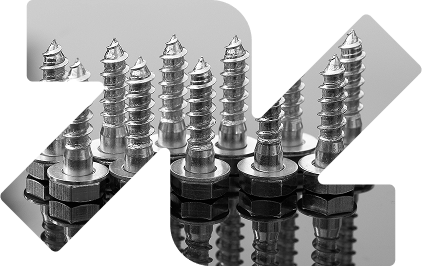Metal fabrication has undergone remarkable transformations over the years, driven by advancements in technology, materials, and techniques. From early manual methods to today’s automated processes, the industry has continually evolved to meet the growing demands for precision, efficiency, and complexity.
In the past, metalworking relied heavily on skilled artisans using hand tools and basic machinery. While craftsmanship was paramount, production was slow and limited in scale. The Industrial Revolution introduced mechanization, allowing fabricators to produce parts faster and more consistently.
Today, cutting-edge technologies such as computer numerical control (CNC) machines, laser cutting, and robotic welding have revolutionized metal fabrication. These innovations enable precise, repeatable manufacturing of intricate components at high volumes, reducing waste and improving quality.
The adoption of advanced software for design and simulation has further enhanced the industry, allowing engineers to optimize products before physical production begins. This integration of technology ensures that modern metal fabrication not only meets but exceeds the demands of industries ranging from automotive to aerospace.
As the field continues to innovate, sustainable practices and smart manufacturing are shaping the future, ensuring metal fabrication remains efficient, eco-friendly, and adaptable.

Explore expert tips, industry trends, and behind-the-scenes stories from the world of metal fabrication and manufacturing.

Explore expert tips, industry trends, and behind-the-scenes stories from the world of metal fabrication and manufacturing.

Explore expert tips, industry trends, and behind-the-scenes stories from the world of metal fabrication and manufacturing.

Let Ironis handle the cutting, bending, and welding - plus all the things your last supplier said were “impossible.” We turn raw steel into real results with just the right amount of sparks, sweat, and sarcasm.